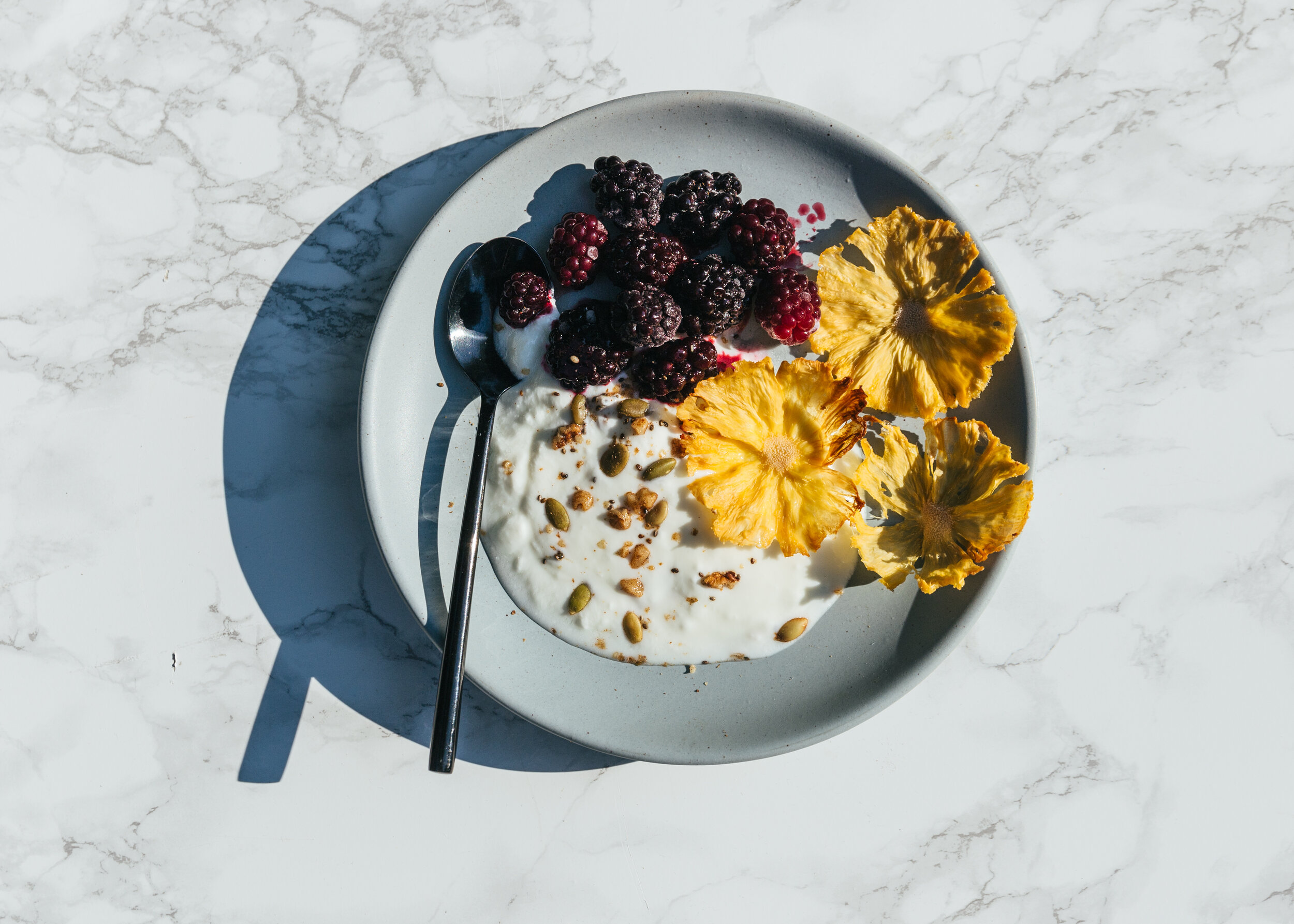FOR A BRIGHT AND ACTIVE FUTURE
KEEP YOUR BRAIN SHARP

WORK WITH BERNIECE
Coaching
Join the KYBS Partners' Club—your gateway to ongoing brain health coaching and cognitive wellness support. This monthly online group coaching program offers live Zoom sessions focused on powerful strategies for memory improvement, mental clarity, and healthy aging..
Online Lessons
(Coming soon)
Work with me directly through personalized brain health coaching sessions, designed to fit your lifestyle and goals. We’ll explore science-backed strategies for improving memory, focus, and overall cognitive wellness—all at your pace, from the comfort of your home.
Learn more
Live Events
Start your journey toward a sharper, healthier brain with full access to live, beginner-friendly sessions tailored to your unique cognitive needs. These interactive coaching calls offer expert guidance, real-time support, and practical tools to help you build lasting brain-boosting habits.
Do you want to know how your brain’s doing?
Take our quick Better Brain Quiz!
Sign up to receive the quiz and an explanation of your score.
STAY SHARP, LIVE WELL.
If you’re feeling confused, overwhelmed, or unsure about how to protect your brain from memory loss, cognitive decline, or brain fog—you’re not alone. That’s exactly where I come in. As your Brain Health Coach, I offer personalized cognitive wellness strategies to help you stay sharp, focused, and vibrant.
Join our supportive community and take the first step toward a healthier mind.
Nutrition
Guidance
Improving your relationship with food
Try something new
Begin exploring your relationship with food by trying any of my free recipes and meal plans. Healthy food should also be delicious.
Target Specific Issues
If allergies, illness, or other aversions have complicated your relationship with food, a personalized plan might be right for you.
“I am enjoying this program!
Since January, The Keep Your Brain Sharp Partners Club has been a very useful resource in my life.
I am a 71 year old woman who had a physical in May. I was very surprised to hear that my doctor could tell from looking at my blood work that I eat most of my meals prepared at home. In fact, all of my numbers are reversing towards a very good report.
With the ability to download clear and concise materials onto my cell and YouTube videos, I recommend this program to anyone who really wants to maintain a well-balanced lifestyle in a nonpressuring way.
BTW, healthy snacks aren’t so bad, after all.”
Wellness
Coaching
Creating a plan that works for you
Through my personalized coaching, I’ll work alongside you to develop an integrated plan to achieve full body wellness—often combining the practices of nutrition, exercise, acupuncture, meditation, herbal remedies, and more.









